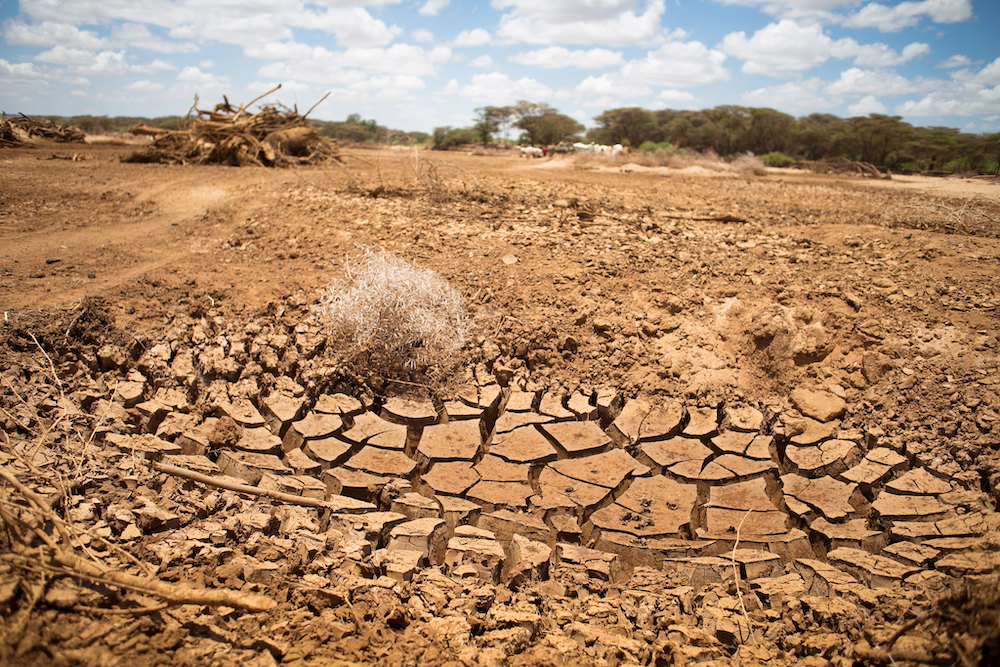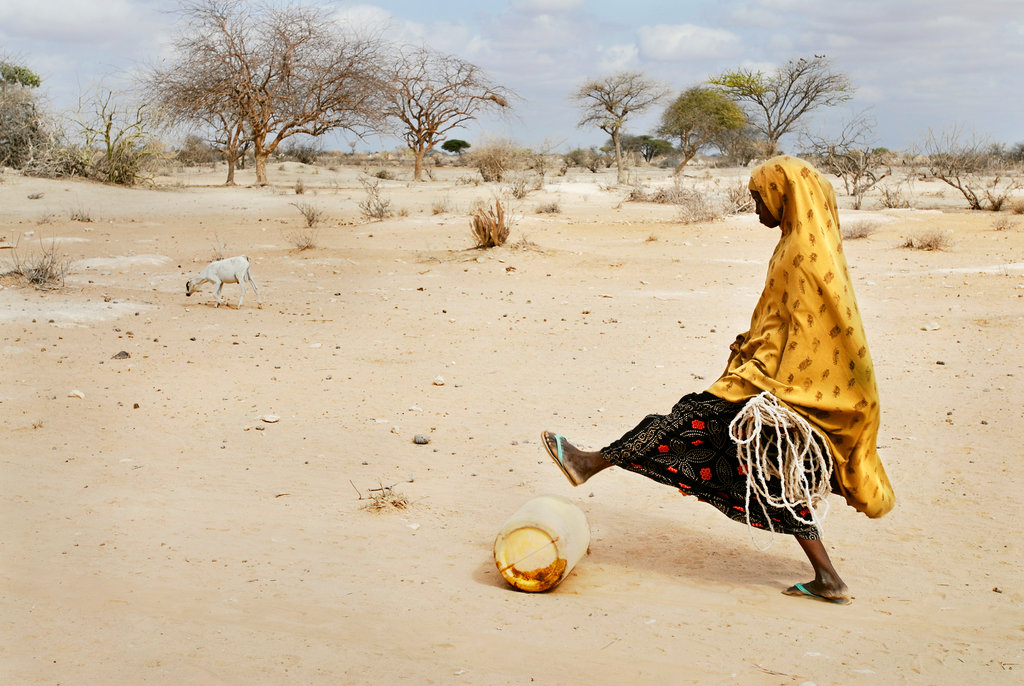MSc African Development alumi Denise Ntonta, and guest authors Hawa Diallo and Kathryn McDonald, explore the rationale for greater gender diversity in the Cement industry in the context of pressures on companies to evolve towards cleaner, greener, and safer outcomes.
The link between diversity, higher productivity and improved performance has been the subject of the literature since the 1990s (Roosevelt Thomas, ‘From Affirmative Action to Affirming Diversity’ 1990; Taylor H. Cox and Stacy Blake, ‘Managing Cultural Diversity: Implications for Organizational Competitiveness’ 1991). It was further amplified at the turn of the millennium with the global financial crisis of 2008 playing a pivotal role in the call for increased gender diversity as a way to lower investment risks and deliver more sustainable socio-economic outcomes (Cedric Herring, ‘Does Diversity Pay?: Race, Gender, and the Business Case for Diversity’. 2009; Chen J, Leung WS, Song W, Goergen M. ‘Why female board representation matters: the role of female directors in reducing male CEO overconfidence. J. Empir’ 2019.).
As a cross-cutting theme within international development, women’s participation in the labour market is associated with inclusive economic growth. The World Bank estimates that on average across countries, long-run GDP per capita would be almost 20% higher if gender employment gaps were closed (The World Bank in Gender, 2023). Tighter corporate governance regulations, increased investor scrutiny, and challenges in securing competency, productivity and safety in the workforce are contributing to a real paradigm shift for most industries around the world; including historically male-dominated sectors such as Cement.
The Cement business generates 5.4% of the global GDP and employs 7.7% of the workforce worldwide. With over 1,000 players, including privately held companies, understanding the current composition of the world’s cement workforce and the roles women play within its ranks can be a daunting exercise. Focusing on publicly traded company disclosures is perhaps the most straightforward way to gain insight.
Based on a sample of 147 publicly traded cement firms with market capitalizations of greater than 100M USD, the research reveals the following when it comes to female participation in the Cement business today (Africa Ahead, Radiant Global Investors, ‘Women in Cement, the current state of play, 2023):
- Women continue to be largely under-represented in the sector with a benchmark at approximately 12.7%, despite increased industry efforts over the past few years to boost participation
- The lion’s share appears to be associated with board–level positions with 7.8% Women on Boards, followed by 4.9% Women in the Workforce and 3.2% Women in Management. This is consistent with observations made in other industries where board-focused policies have not necessarily trickled down to improve diversity across other dimensions.
- Gender participation at the board-level is the most reported statistic with 69% of the publicly traded firms sharing this information. It also has the highest actual women membership regardless of region or company size.
- When it comes to regional variation, the data shows that Southeast Asian, European, and the American cement and concrete companies are ahead of their regional counterparts in terms of female workforce representation generally. European companies, for instance, tend to exhibit higher levels of Women on Boards than their regional counterparts– 18.6% versus the 7.8% Global average. The Americas exhibit 8.2% of Women in Management compared to the global average of 3.2%.
- The study also outlines a greater proportional representation in ‘field jobs’ (as proxied by Women in the Workforce versus managerial jobs) for women across all locations except the Americas, Africa and the Middle East. This seems to be a clear indication of the work still to be done to facilitate women’s access to higher-level positions within cement and concrete companies.
- Overall, the geographical disparities point to location as a key influence on women’s participation, with reporting and location acting as determinants of representation.
So where does the Cement business go from here?
Above and beyond the belief shared by many that diversity is accretive to competitive advantage, the study outlines that companies measuring and reporting gender statistics are more likely to have policies in place to encourage more women at all levels of the organization. Under the banner of ‘what is measured is managed’, it is safe to believe that
reporting (whether it is voluntary or mandated) acts in the same way as intentionality in that it may play the role of a significant and enduring driver of increased gender participation.
With a commitment to deliver carbon neutral concrete by 2050 (Global Cement and Concrete Association, ‘Our path to net zero.’ 2020), to reduce its 7% share of global greenhouse gas (GHG) emissions (International Finance Corporation (IFC), ‘Strengthening Sustainability in the Cement industry.’ 2021), the Cement industry is on the cusp of a revolution. Proven ‘greening’ technologies are emerging, stakeholders are demanding more sustainable infrastructure solutions, and public spending on those assets is also increasing. Several large cement firms have demonstrated the potential of abatement technologies such as alternative fuels, carbon capture, use and storage (CCUS), and carbon-cured concrete. For their part, smaller start-ups are also offering their own engineering advancements.
Over the last three decades, the industry made a 20% proportionate reduction of CO2 emissions in cement production, with a significant acceleration of decarbonisation measures in the last decade. Technological innovations alone won’t be sufficient to transform this ‘hard to abate’ sector. Natural resources endowment, equitable access to funding for innovation, and arguably, towards the evolution of existing carbon-intensive assets, are instrumental to an infrastructure transition. Women can play a pivotal role across the value chain in unlocking a new era for cement, leveraging the interconnectedness of ‘women’s work’ and decarbonization.
The next paper in this series will examine the changes afoot in the cement business: the push toward automation and the necessary evolution of cement and concrete from an environmental standpoint. It will be followed by an analysis of the tangible ways to increase women’s participation in the cement industry, as well as best practices -concerning gender-related policies, data collection and reporting.
The views expressed in this post are those of the author and do not reflect those of the International Development LSE blog, the London School of Economics and Political Science, or the European External Action Service. The blog is based on the author’s dissertation.
Image credit: Tim Mossholder via UnSpalsh.






Cette femme Denise Ntonta fait des faux et usages de faux pour des documents immobiliers à mon nom depuis des années. C’est une criminelle professionnelle et une trafficante d’être humains. Elle vole nos parents ainsi que la société familiale depuis longtemps. Ce n’est qu’une question de temps elle doit répondre de ses actes mafieux et le monde entier sera témoin de tous les complices qui lui donnent l’amplitude pour continuer de détruire des vies, de mentir, voler et tenter de vendre aux plus offrant sa fratrie. Pedocriminal girl and friends